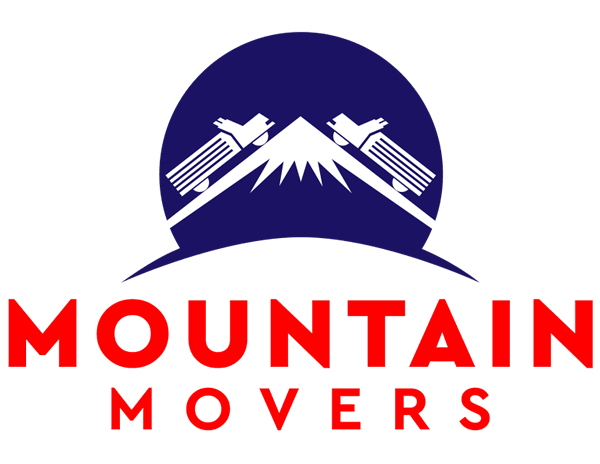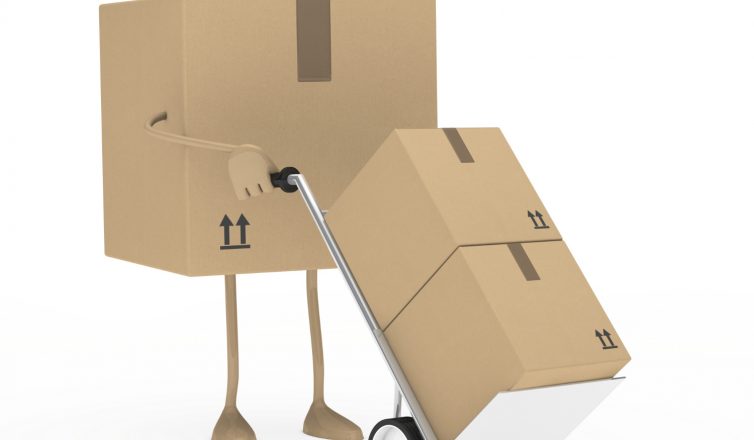Moving heavy workout equipment requires careful planning and proper packing methods. This guide walks you through the steps needed to pack and move your weights without damage safely. You’ll learn about choosing the right boxes, taking apart equipment, packing techniques, and safe lifting methods. Following these tips will help protect your valuable gym equipment during the move. Working with the best movers can also make this process much easier.
Choosing the Right Packing Materials
Picking good packing supplies keeps your weights safe during the move. Use strong boxes that can handle heavy items without breaking. Double-walled boxes work better than regular ones because they are less prone to tearing. Wrap each weight in bubble wrap or thick packing paper to stop them from hitting each other. Use lots of packing tape to seal boxes tightly and add extra tape on the bottom for strength. Write what’s inside each box and how much it weighs on the outside. This helps you and your movers know what to expect and handle the boxes safely.
Disassembling Equipment for Easy Transport
Taking apart your gym equipment makes moving much easier and safer. Check your equipment manual first to see how to take it apart properly. Remove weights, bars, cables, and other parts that come off. Use the right tools, like wrenches or screwdrivers, to remove bolts and screws. Put all small parts, such as nuts and bolts, in plastic bags and tape them to the main piece so you don’t lose them. Clean each part before packing to prevent dirt from causing damage. Taking things apart carefully saves space in the moving truck and reduces the chance of breaking something.
Securing Weights Inside Moving Boxes
Pack weights carefully so they don’t move around during transport. Put the heaviest weights on the bottom of each box to keep it stable. Fill empty spaces with bubble wrap, foam, or towels to prevent movement. Pick boxes that are the right size – not too big or too small for your weights. Don’t make boxes too heavy for people to lift safely. Tape all boxes well and write “HEAVY” and “FRAGILE” on the outside. This tells everyone to handle them with extra care during the move.
Labeling Boxes for Organization
Good labels make unpacking much faster and easier. Write clearly on each box using a thick marker that won’t smudge. Include what’s inside, which room it goes to, and any special instructions like “This Side Up.” Write on the top and at least one side of each box so you can read it no matter how it’s stacked. Use bright colored stickers or tape to mark boxes that need special handling. Keep a list of what’s in each numbered box so you can find things quickly. Clear labels help prevent accidents and ensure fragile items receive proper care.
Safely Lifting and Transporting Heavy Weights
Use proper lifting methods to avoid getting hurt when moving heavy weights. Here are the key safety rules to follow:
- Keep your feet apart: Stand with feet shoulder-width apart for better balance
- Bend your knees: Squat down instead of bending over to protect your back
- Use your legs: Let your strong leg muscles do the work, not your back
- Stay straight: Keep the weight close to your body and don’t twist while lifting
- Get help when needed: Use dollies, moving straps, or ask others to help with very heavy items
Other Related Articles:

